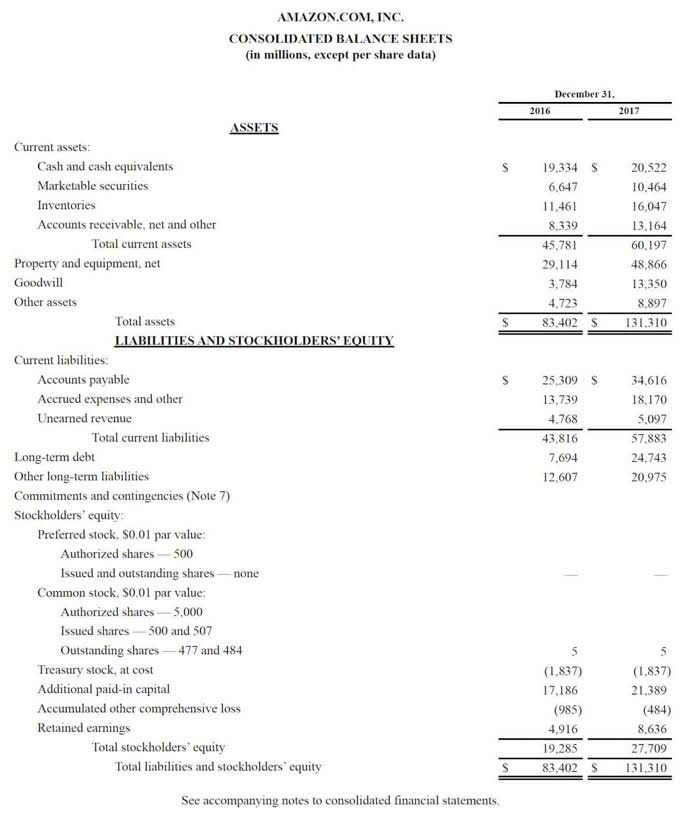
LIFO vs FIFO Learn About the Two Inventory Valuation Methods

The FIFO method assumes that the oldest inventory units are sold first, while the LIFO method assumes that the most recent inventory units are sold first. LIFO better matches current costs with revenue and provides a hedge against inflation. The FIFO vs. LIFO accounting decision matters because of the fact that inventory cost recognition directly impacts a company’s current period cost of goods sold (COGS) and net income. There are a number of factors that impact which inventory valuation method you should use. Tax considerations play a large role in your choice, but tax impact shouldn’t be the only thing you consider when choosing between FIFO and LIFO. Many businesses find this requirement alone negates any benefits of lifo formula LIFO valuation.
- But since inflation is a reality, the inventory value comes out to be something when we use FIFO, and it comes out to be something else when we use LIFO.
- Generally speaking, FIFO is preferable in times of rising prices, so that the costs recorded are low, and income is higher.
- They’re important for calculating the cost of goods sold, the value of remaining inventory, and how those impact gross income, profits, and tax liability.
- This means that during times of rising prices, LIFO results in higher costs of goods sold.
- GAAP environments, as they must reconcile different inventory accounting methods for consolidated financial reporting.
- The profit (taxable income) is $6,900, regardless of when inventory items are considered to be sold during a particular month.
LIFO vs. FIFO: Inventory Valuation
Retail businesses, particularly those dealing with perishable goods like groceries, frequently adopt FIFO. This method ensures that older stock is sold first, reducing the risk of spoilage and waste. For example, a supermarket chain might use FIFO to manage its inventory of dairy products, ensuring that items with the earliest expiration dates are sold before newer stock.

Is LIFO or FIFO better for taxes?
Notice by using the older, less expensive inventory first, the ending inventory value has increased, as has your net income. If inventory costs had remained the same, the cost of goods sold and, subsequently, your net income would have also remained the same. To use the weighted average model, one divides the cost of the goods that are available for sale by the number of those units still on the shelf. This calculation yields the weighted average cost per unit—a figure that can then be used to assign a cost to both ending inventory and the cost of goods sold. Since the inventory purchased first was recognized, the company’s net income (and earnings per share, or “EPS”) will each be higher in the current period – all else being equal.
Which method is better for perishable goods?
Due to economic fluctuations and the risk that the cost of producing goods will rise over time, businesses using FIFO are considered more profitable – at least on paper. Companies that sell perishable products or units subject to obsolescence, such as food products or designer fashions, commonly follow the FIFO inventory valuation method. For example, if you purchased 100 units at $10 each and then payroll another 100 units at $12 each, FIFO would assign the $10 cost to the first 100 units sold.
- As customers purchase milk, stockers push the oldest product to the front and add newer milk behind those cartons.
- All of that is due to the difference in the values of COGS, which in turn is due to the use of two different methods of inventory valuation.
- The $1.25 loaves would be allocated to ending inventory (on the balance sheet).
- On the other hand, manufacturers create products and must account for the material, labor, and overhead costs incurred to produce the units and store them in inventory for resale.
- FIFO is not only suited for companies that deal with perishable items but also those that don’t fall under the category.
Why should you not choose LIFO?

Inventory management is a tough task for the organizations that are completely stock oriented. The methods are LIFO, FIFO, Simple Average, Base Stock, and Weighted Average, etc. The company’s income, profitability, taxation and other similar factors are dependent on the method on which the inventory is valued. FIFO is mostly recommended for businesses that deal in perishable products. The https://www.bookstime.com/ approach provides such ventures with a more accurate value of their profits and inventory. FIFO is not only suited for companies that deal with perishable items but also those that don’t fall under the category.

